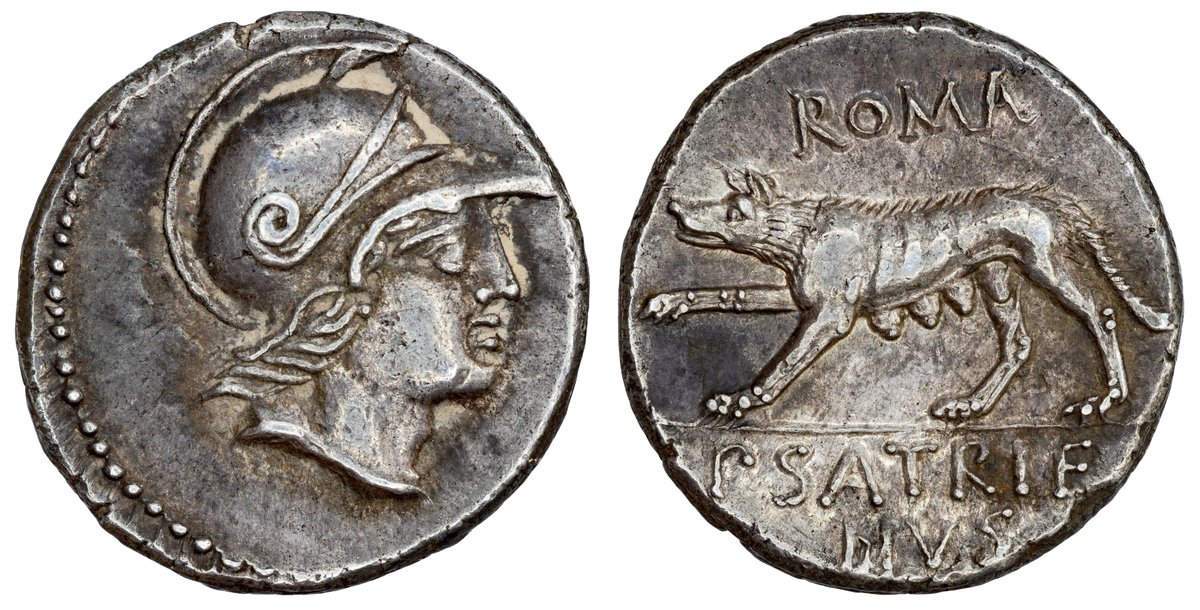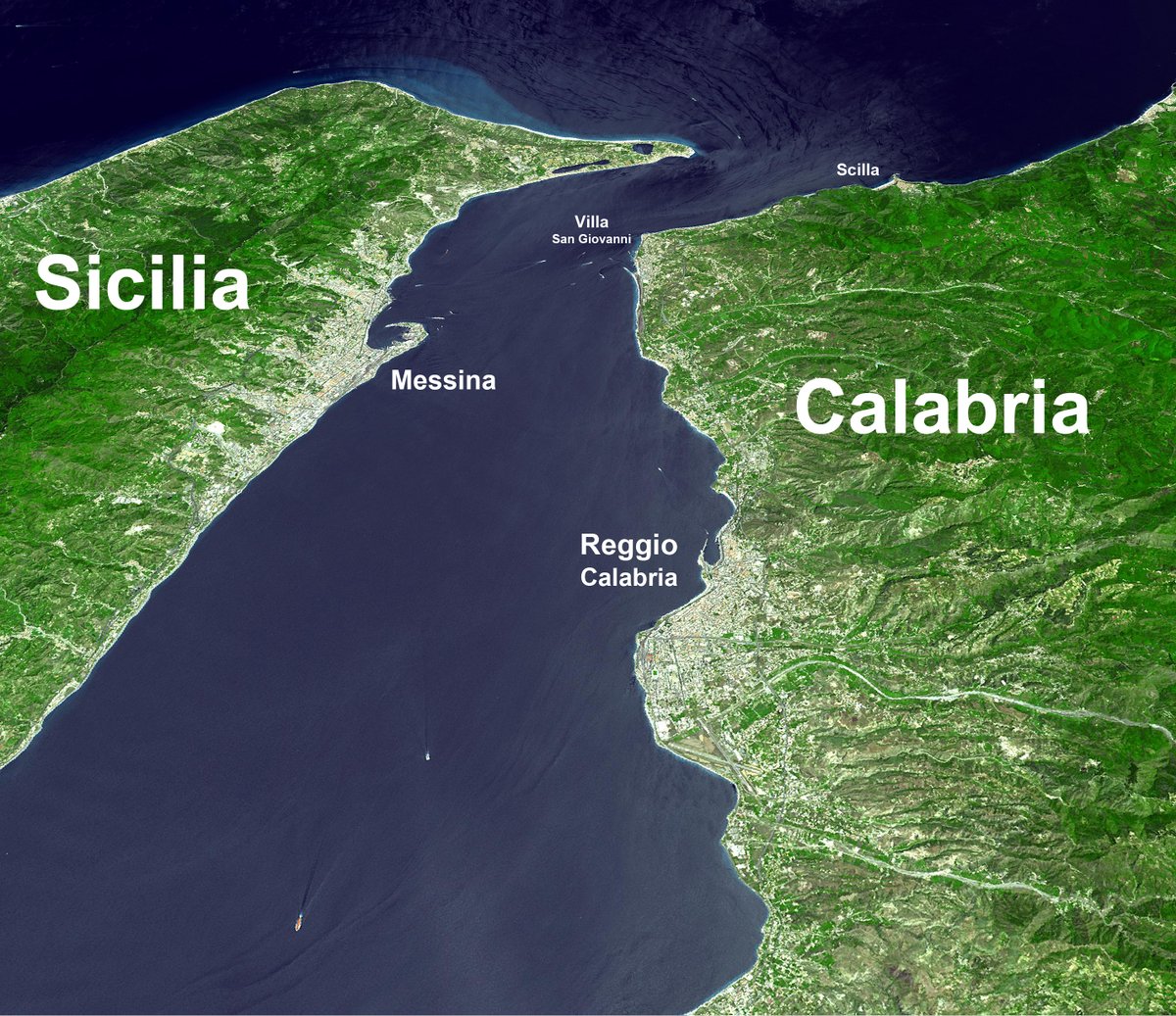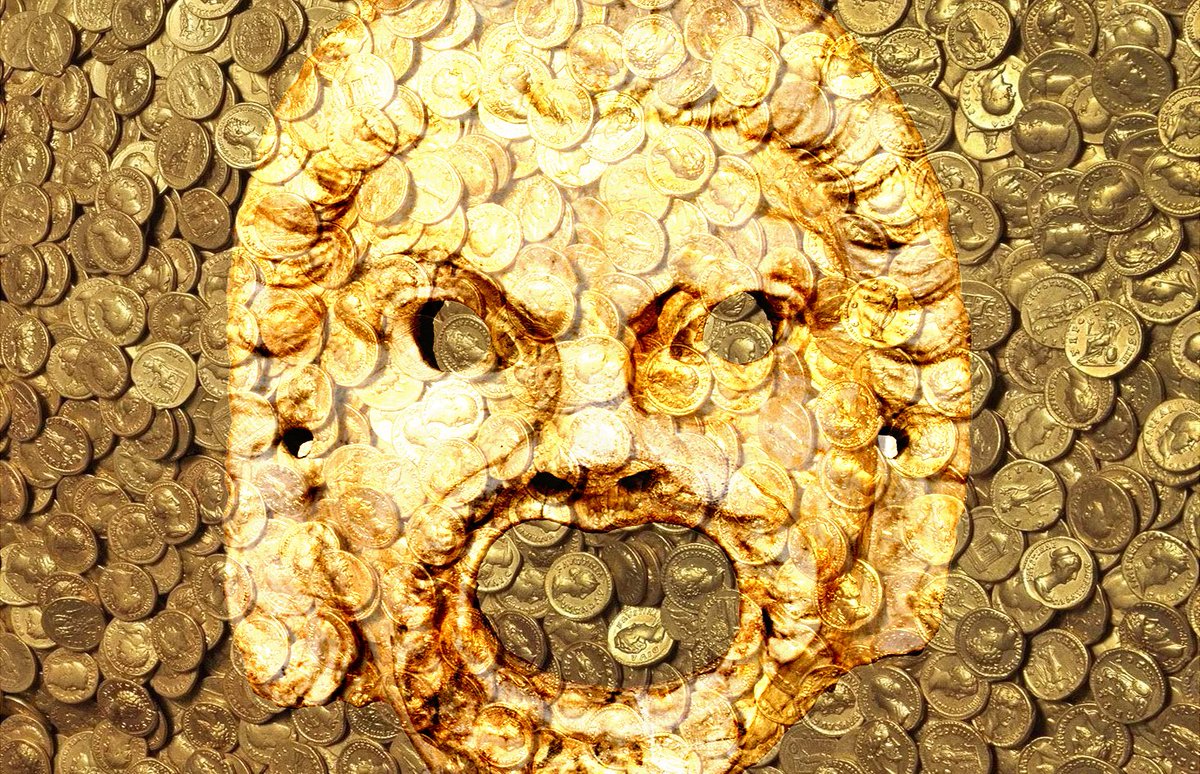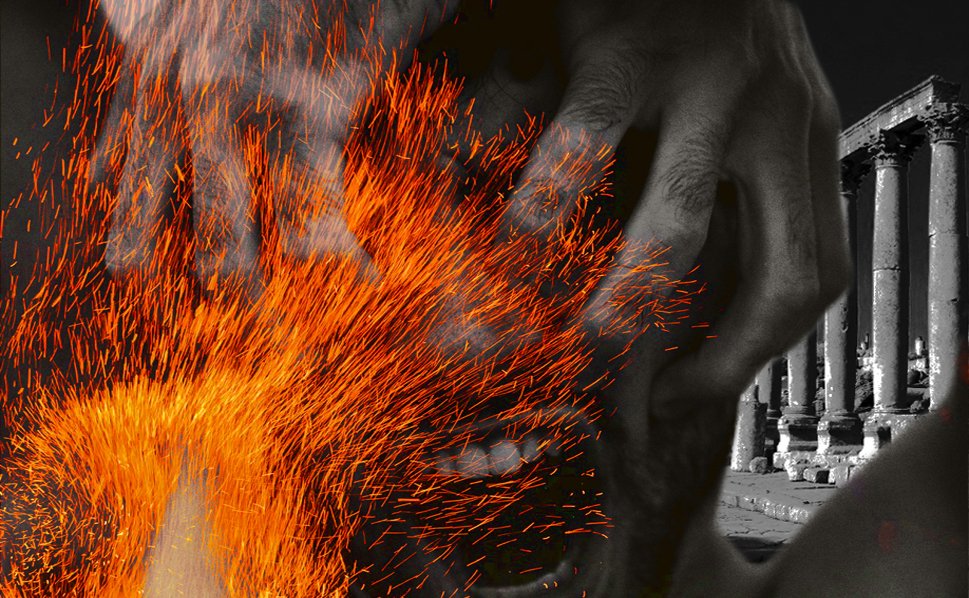
1) Marble bust of a Roman empress, commonly identified as Agrippina the Younger (15-59 AD), sister of Caligula, niece and wife of Claudius, as well as mother of Nero by her first husband Gnaeus Domitius Ahenobarbus.. 



2) The empress has intricately curled and braided hair with luxuriant plaits at the back. She wears a diadem of flame palmettes which has been partially restored.. 

3) While the bust has been dated to Agrippina's lifetime, around 40-55 AD, certain features like the treatment of the eyes suggest to me this may be a later posthumous portrait of the Julio-Claudian empress, perhaps from the Trajanic era. We know for instance that.. 
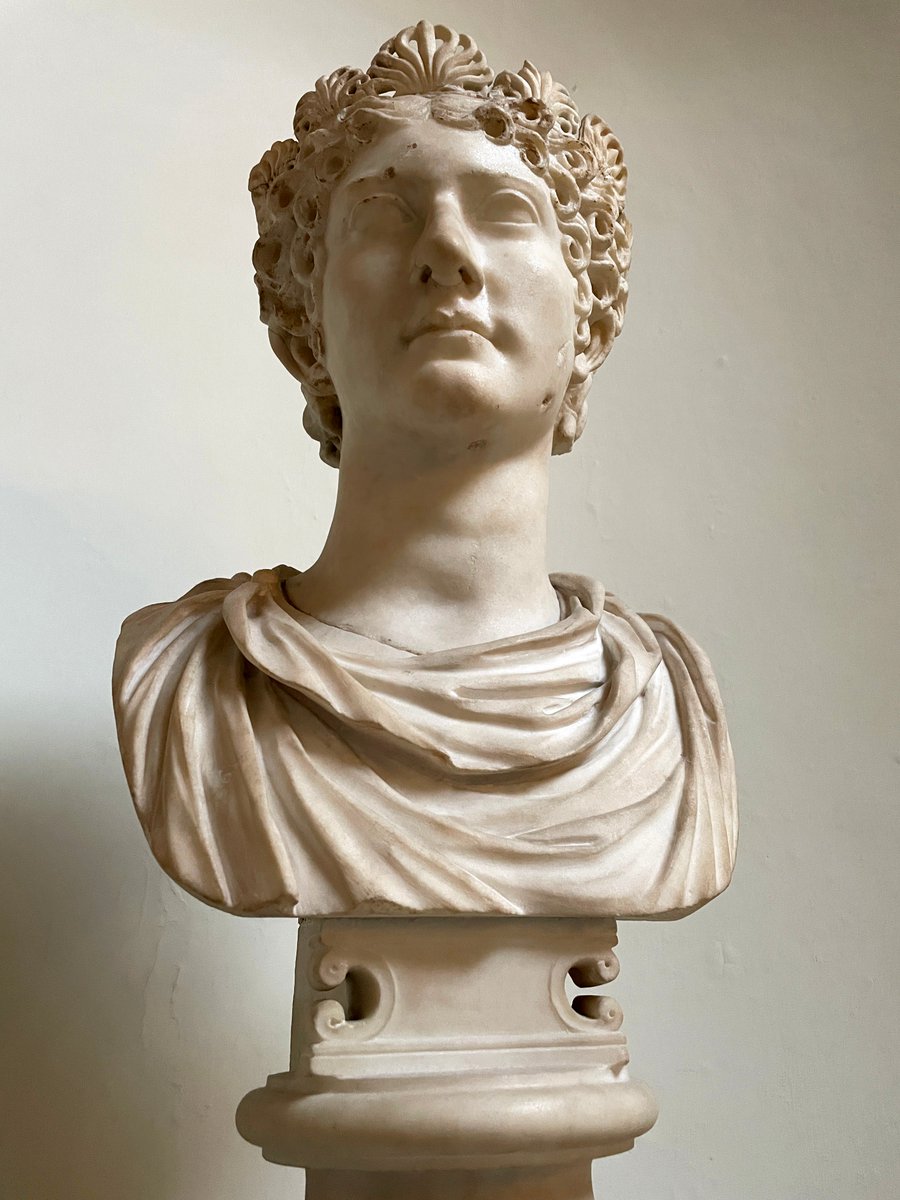
4) ..Trajan's Forum complex included numerous portraits of earlier rulers and their families, acting in many ways as an imperial hall of fame; here I compare a Decennalia bust of Trajan (image:@carolemadge) for illustrative purposes. The bust can be viewed in the Ashmolean Museum 



• • •
Missing some Tweet in this thread? You can try to
force a refresh












